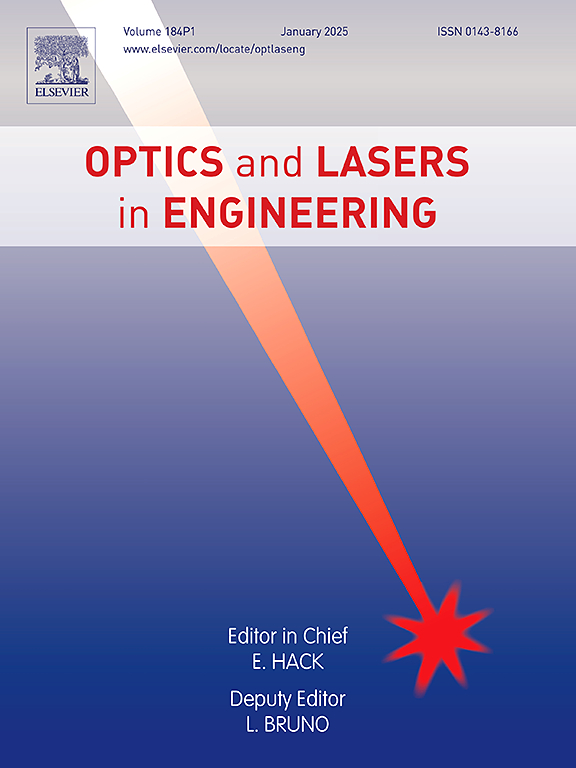天文望远镜系统的穆勒瞳孔缩小-Zernike 多项式分解和偏振设计标准
IF 3.5
2区 工程技术
Q2 OPTICS
引用次数: 0
摘要
本研究介绍了一种分解偏振畸变的新方法。它使用两组还原矩阵将衰减和延迟 Mueller 矩阵分解为五个独立的还原系数。然后,它使用 Zernike 多项式在出瞳处分解这些系数,从而提供了一种定量分析偏振像差的方法。该方法还给出了天文望远镜设计过程中偏振像差 Zernike 项的约束值。最后,通过对实际光学系统的仿真验证了这一过程的有效性和正确性,指出需要对 D1、D2、D3 和 R5 项进行校准和优化,以确保偏振精度。该方法为高精度光学系统的偏振设计提供了宝贵的工具和理论指导。本文章由计算机程序翻译,如有差异,请以英文原文为准。
The Mueller pupils Reduction-Zernike polynomial decomposition and polarization design criteria for the astronomical telescope system
This study introduces a novel method for decomposing polarization aberrations. It uses two sets of reduction matrices to decompose the diattenuation and retardance Mueller matrix into five independent reduction coefficients. And then, it uses Zernike polynomials to decompose these coefficients at the exit pupil, thereby providing a method for quantitatively analyzing the polarization aberrations. This method also gives the constraint values of the Zernike term of polarization aberrations during astronomical telescope design. Finally, the effectiveness and correctness of the process are verified by simulation of the actual optical system, pointing out that the D1, D2, D3, and R5 terms need to be calibrated and optimized to ensure polarization accuracy. This method offers a valuable tool and theoretical guidance for the polarization design of high-precision optical systems.
求助全文
通过发布文献求助,成功后即可免费获取论文全文。
去求助
来源期刊

Optics and Lasers in Engineering
工程技术-光学
CiteScore
8.90
自引率
8.70%
发文量
384
审稿时长
42 days
期刊介绍:
Optics and Lasers in Engineering aims at providing an international forum for the interchange of information on the development of optical techniques and laser technology in engineering. Emphasis is placed on contributions targeted at the practical use of methods and devices, the development and enhancement of solutions and new theoretical concepts for experimental methods.
Optics and Lasers in Engineering reflects the main areas in which optical methods are being used and developed for an engineering environment. Manuscripts should offer clear evidence of novelty and significance. Papers focusing on parameter optimization or computational issues are not suitable. Similarly, papers focussed on an application rather than the optical method fall outside the journal''s scope. The scope of the journal is defined to include the following:
-Optical Metrology-
Optical Methods for 3D visualization and virtual engineering-
Optical Techniques for Microsystems-
Imaging, Microscopy and Adaptive Optics-
Computational Imaging-
Laser methods in manufacturing-
Integrated optical and photonic sensors-
Optics and Photonics in Life Science-
Hyperspectral and spectroscopic methods-
Infrared and Terahertz techniques
 求助内容:
求助内容: 应助结果提醒方式:
应助结果提醒方式:


